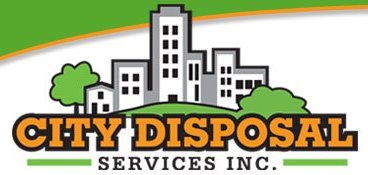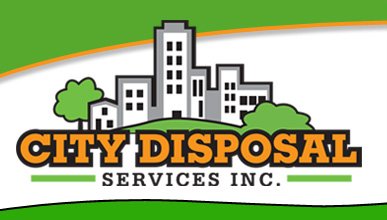News and trends about dumpster rentals, portable storage containers, and construction waste recycling around Appleton, Green Bay, and Oshkosh, Wisconsin.
Dumpster Rental Services Portable Storage Containers 920-730-9500
|
|
Better, not BiggerAt City Disposal, we pride ourselves on being better, not bigger. Unlike larger, nation-wide companies, when you call City Disposal, you reach us directly. No call-centers. No automated response systems. This gives us the ability to respond to your needs in ways that our larger competitors can’t.
One Size Does Not Fit AllMany waste removal companies use a “one size fits all” approach, but that’s not the way we do business. We take great pride in finding solutions that work best for each of our individual clients.
|
|
City Disposal Services Inc. is locally owned and operated. We provide dumpster rentals and portable storage containers for contractors, businesses and homeowners.
We proudly serve the Appleton, Green Bay, Oshkosh and the surrounding Wisconsin communities. |
City Disposal Services Inc.
5675 W Clairemont Drive Appleton WI 54913 (920) 730-9500 Online Quotes tim@citydisposal.com |
Dumpster Rental Services - Portable Storage Containers
Appleton - Green Bay - Oshkosh
Appleton - Green Bay - Oshkosh

